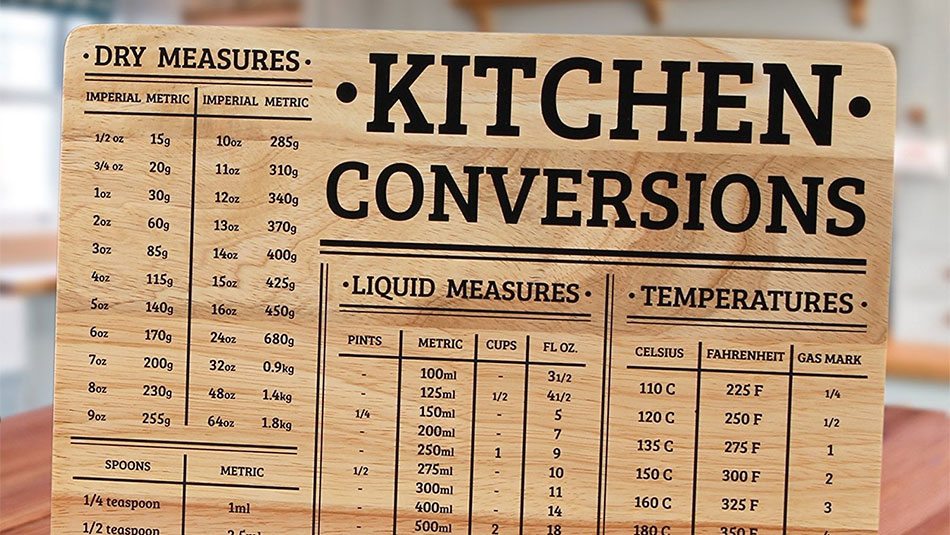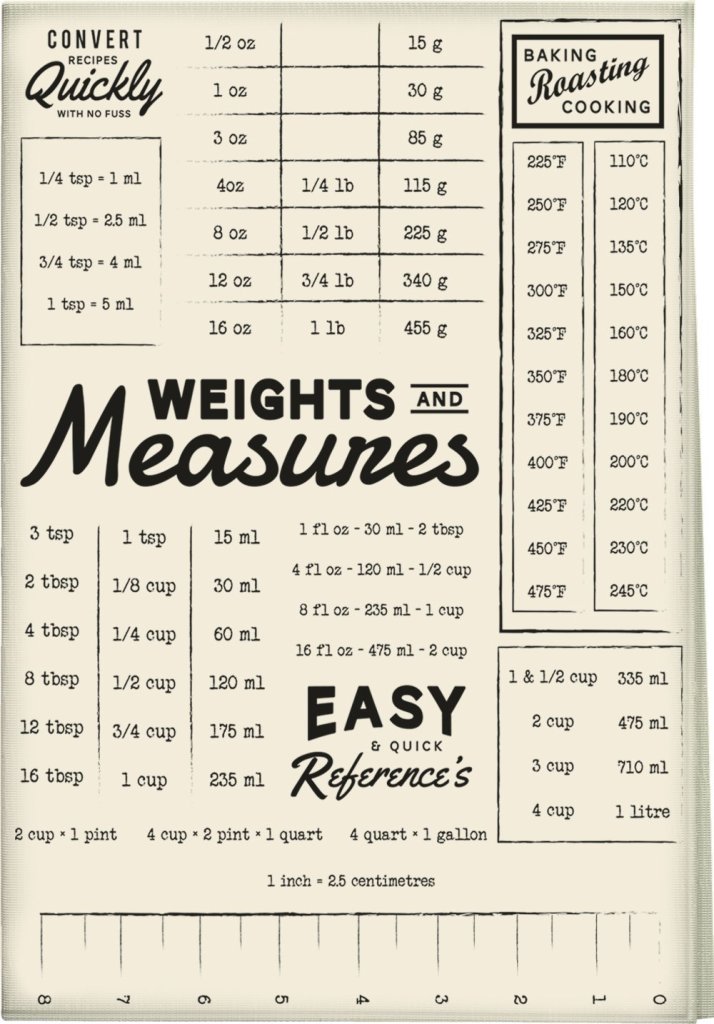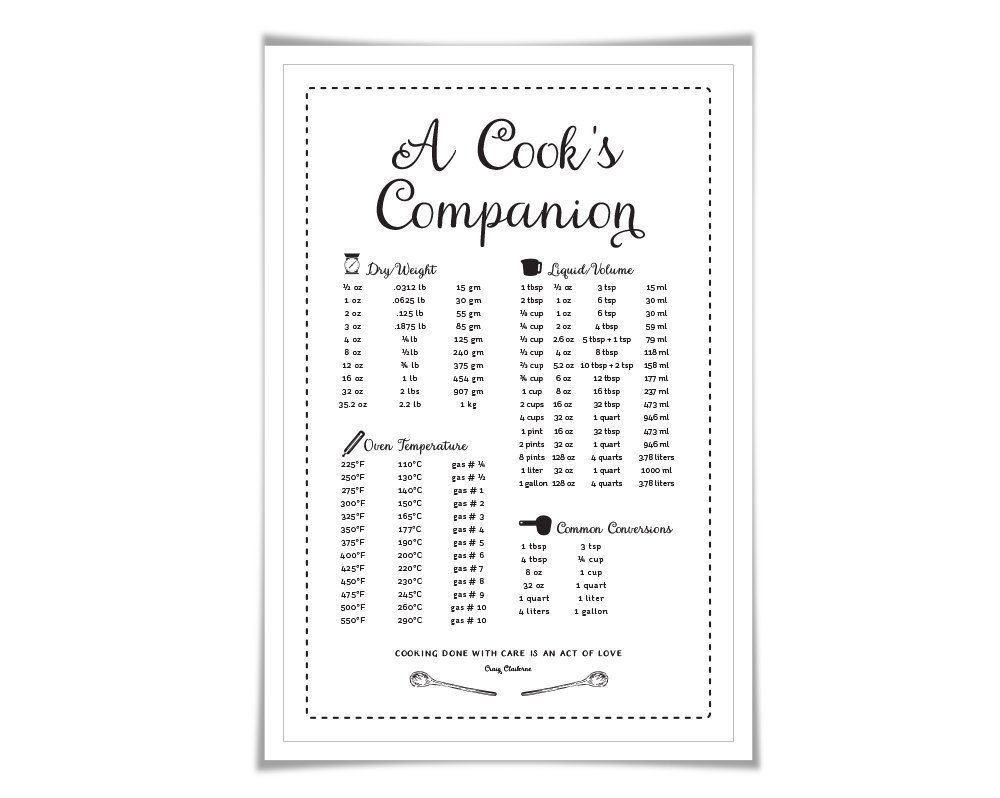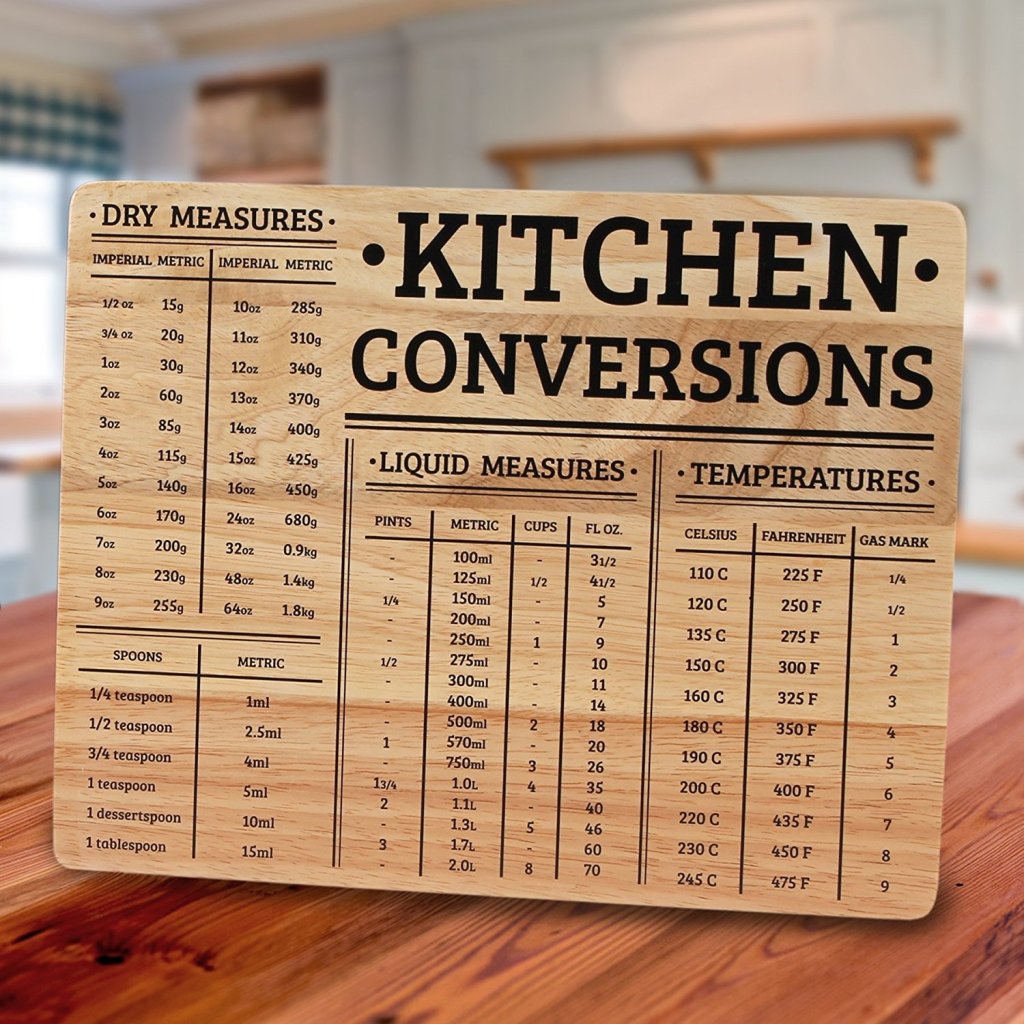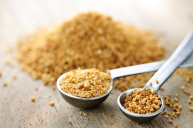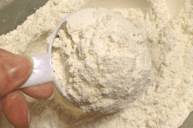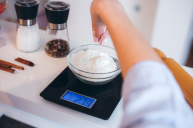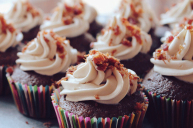Americans remain unique in our continued use of the Imperial System over the Metric System. Besides us (excluding Liberia and Burma), the rest of the world runs on the Metric System, so the odds that you come across a great recipe that uses grams instead of cups and liters instead of quarts are pretty high. That being said, once you know how to convert between the two systems, you will be able to cook a wide variety of international dishes without having to fret over how you are going to measure out your ingredients.
Videos by Wide Open Country
They key thing you need to be aware of in conversions is the difference between wet and dry ingredients. Once you have your ingredients categorized, it's much easier to convert them.
Converting may not be the easiest task, but once you can do it, working in the metric system makes scaling recipes a piece of cake. Since everything is in base 10, if you want to double a recipe, it's much easier to make 1 liter into 2 liters than it is 4 1/4 cups into 4.2 pints.
Therefore, spend some time learning how to operate between the two systems. That way next time you want to impress your guests with that authentic recipe, you really can use the authentic one.
Liquid Ingredients
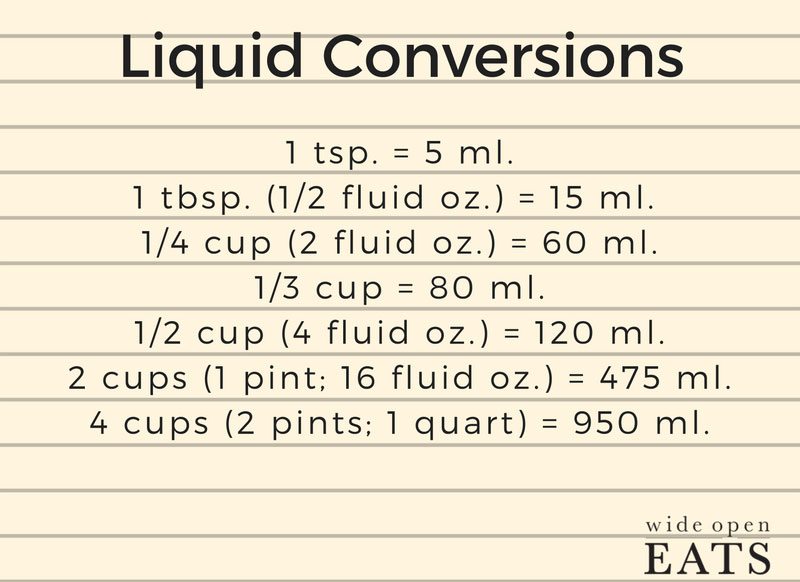
To convert between liquid measurements, you really only need to know a few conversions by heart. When you have them memorized, it's easy to half or double the quantities to get the exact right measurement.
Dry Ingredients
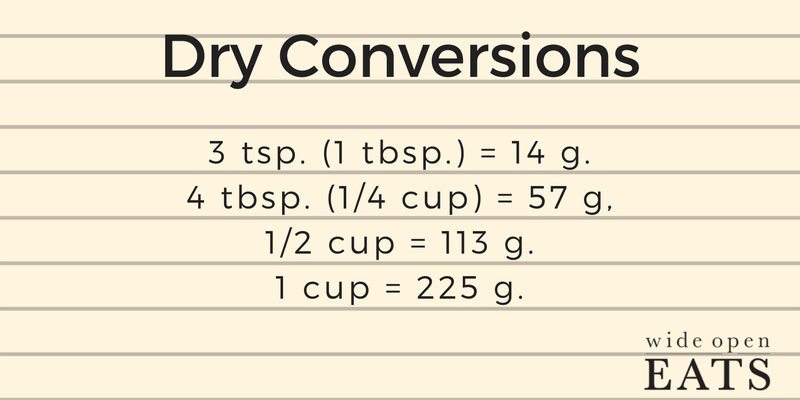
The same rules apply for dry ingredients. However, you can get away with memorizing less because usually you just use spoon and cup measures to portion out your spices and flours.
Weight
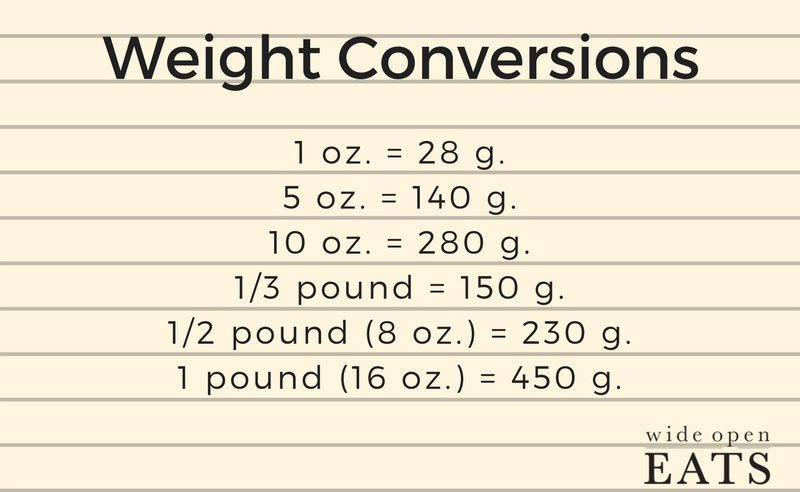
Weight is more difficult to convert from imperial to metric because of volume and density ratios. However, that doesn't mean it's impossible!
Below are a few of the more common conversions done on a daily basis, but if you're baking be sure to check out a chart that accurately converts specific ingredients like butter, flour, and sugar.
Temperature
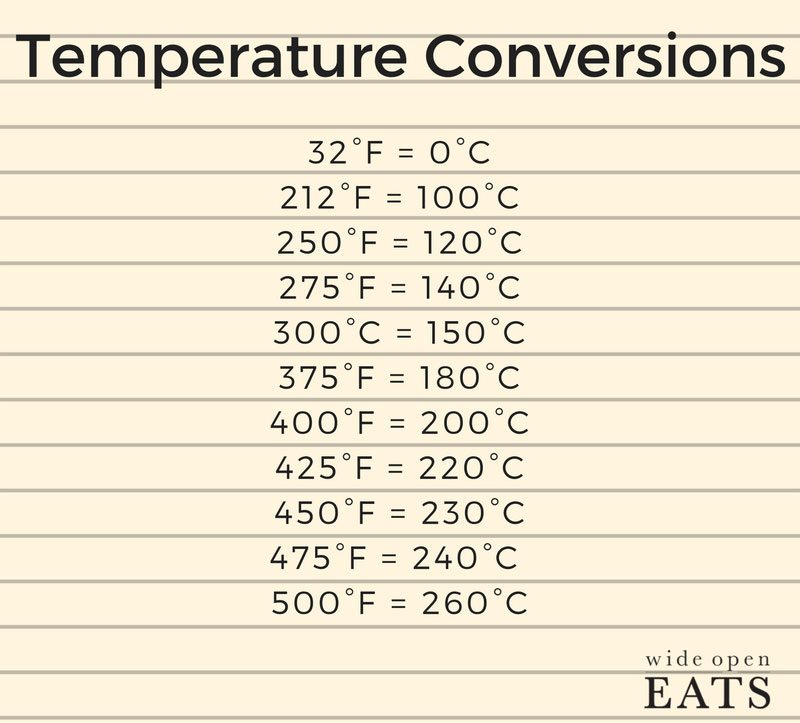
Temperature is, unfortunately a very complicated conversion. Therefore when switching between Celsius and Fahrenheit, it is best to use a chart.
Water
Water is the great exception to the rule. All you need to know for water is that 1 gram is equal to one milliliter. From there you can easily increase or decrease the liquid content of a recipe.
If after all that, you've decided that quick mental math isn't your thing, not to worry. There are plenty of great tricks available to make kitchen math a breeze.
Tools We Love:
Metric Conversion Dish Towel
Don't get yourself into a pinch in the kitchen! Now you can know exactly how much salt you need in that French recipe you love.
Plus, should you accidentally mis-measure, you can wipe up all your spills. Get yourself one now.
Metric Conversion Poster
Would you prefer something chic on your wall? You're in luck.
Pick yourself up a poster that not only lists out all the common conversions, but does so with beautiful graphic clarity that you can read all the way across the kitchen.
Metric Conversion Cutting Board
If you're constantly chopping up ingredients, why not try a cutting board that has the metric conversions listed on it. Its bold, graphic design makes it easy to read even while you are slicing and dicing. Plus, if you chop enough carrots, this cutting board may just help teach you these conversions by heart.
Clearly converting isn't that hard. Today, with all the different tools available, you will never have to worry about getting out a calculator and writing out a recipe just because you're dying to try that authentic boeuf bourguignon recipe.
Instead, all you need to do is look at that towel you're using to clean up your spills!
